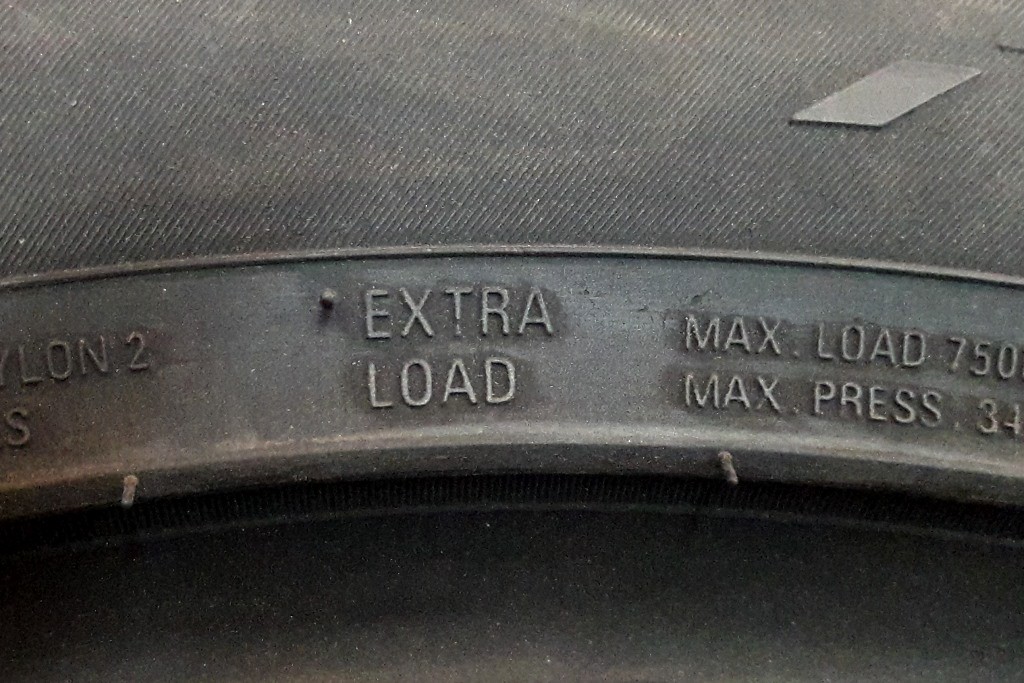
Reinforced XL busbars - what are the differences and what are their advantages and disadvantages?
Content
Reinforced tires have to meet much higher demands every day than conventional tires. They are able to withstand more pressure and load. For this reason, they are applied to the wheels of vehicles used, for example, for the transport of bulky goods. You can find more information about them in our text!
Reinforced tires - how exactly do they differ?
Against the background of other types of tires, including standard ones - with the SL marking - standard load, have a high load index. It is defined in collaboration between tire manufacturers and organizations such as ETRO (European Tire and Rim Association).
They are mainly used in situations where the target operating conditions require a higher load capacity. For this reason, they are mounted not only on the aforementioned trucks, but also on sports cars. In turn, reinforced tires in passenger cars work mainly in models with higher torque and more power of the power unit.
How to distinguish them from standard varieties?
At first glance, the design of reinforced tires is not much different from conventional models. This is because the difference lies primarily in the inside of the tire, where modifications are made to the crown or bead to increase load capacity.
Reinforced tires are abbreviated XL - Extra Load and Reinf - Reinforced. Less popular are EXL, RFD, REF and RF. Tires marked "C" can also be seen in automotive stores. This applies to transport tires, which are installed, for example, in trucks. trucks.
It is also worth learning how to read information from tires. Base format e.g. 185/75/R14/89T. Messages contained in it: tire width in millimeters, aspect ratio, radial sandwich construction, wheel rim diameter, designation of maximum load capacity and speed.
It should also be mentioned that there are no legal regulations regarding the principles of using XL tires. The restrictions apply only to tires with a load index below the recommended one.
How are XL tires arranged?
The recipe used varies by manufacturer and the main goal is to increase the load index of the offered XL tires. A stronger rubber compound is used, as well as additional carcass layers.
One of the most effective solutions is to thicken the steel cord and enrich and reinforce the core elements of the tire. Thanks to this, the tires work very well at high pressure.
To select the right tires for your vehicle, please refer to the booklet that came with your vehicle. It contains information about the approval for XL tires and the manufacturer's recommended tire pressure.
When should you choose reinforced tires?
Stronger tires will be a very good choice when using heavily loaded vehicles. For this reason, the largest group of users are the owners of delivery and transport vehicles.
The reinforced version has an advantage over the standard version, as it provides a higher level of safety for the driver and the road users around him. If you choose the wrong tires, you could cause a dangerous and costly collision.
Reinforced tires are also fitted to sports cars and offer much greater cornering stability. They also improve braking and acceleration performance as well as driving comfort. They will be an ideal choice for vehicles with higher engine power.
Benefits of Reinforced Tires
Using XL tires will be associated with much less mechanical damage problems. Their use reduces the likelihood of tire bursts, for example, as a result of hitting a curb.
Reinforced tires provide significantly more durability. This will be especially felt if they replace the standard variety. The XL version covers a longer distance without internal damage, even with intensive use. However, it is worth noting that in such conditions it is necessary to strictly follow the manufacturer's recommendations regarding tire pressure.
Reinf tires improve traction and traction. The result is greater tire stiffness and stability. It transmits engine power efficiently to the road surface and provides very good cornering and dynamic performance, as well as resistance to additional loads and centrifugal forces.
Disadvantages of reinforced tires
When choosing reinforced tires, you need to be prepared to compromise on some issues. This type of tire has some drawbacks that you should be aware of before purchasing XL tires.
First, the enriched variety produces more noise. It is noted that compared with the standard version, the difference can be up to 1 dB (decibel) more than normal. This can be important information for drivers who value quietness in the cab.
The extended version will generate higher costs. This is directly related to the increase in the thickness of the front part under the tread and the shoulder area of the tire. The result is less efficient fuel combustion due to increased rolling resistance. This is also affected by the greater weight and mass of the tire.
Benefits of tires marked XL - who is it for?
Given the advantages and disadvantages of Reinf tires, several conclusions can be drawn. Their operation and purchase will cost more than standard ones. However, on the other hand, they provide incomparably greater wear resistance, which can be decisive on Polish roads, which can sometimes surprise the driver unpleasantly - pits, breaks or high curbs.
Reinforced tires also improve cornering stability and respond more quickly to rider movements. This works very well when driving a heavy vehicle or a car with a powertrain generating a lot of power.
Due to the higher operating costs and the purchase cost of the reinforced tires themselves, one must be XNUMX% sure that the future owner needs them. They may not be a good buy for owners of compact or city cars with low performance and weight. In such a situation, a higher tire load capacity will not be of any use, and the purchase and operation will entail a lot of additional, unnecessary costs.